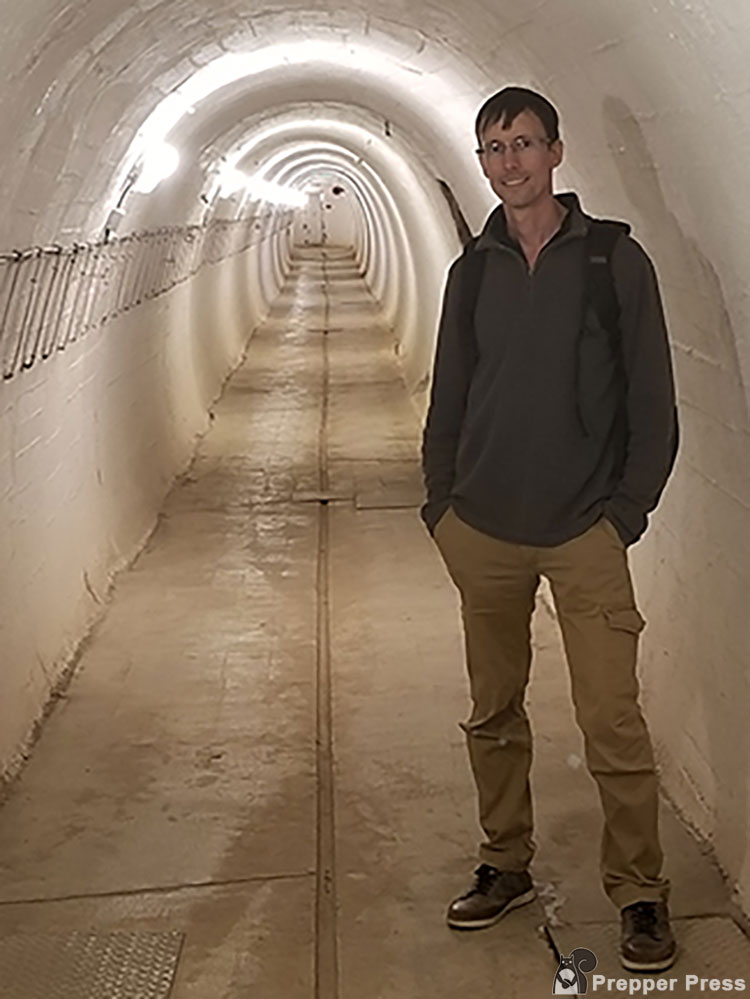
I just returned from a trip to Germany where I had the opportunity to get get a private tour of a WWII German Nazi bunker.
I went to visit family who live right along the Luxembourg border, so naturally I requested a quick drive over to Irrel, Germany, to the Westwall Museum. I was fortunate in that my mother knew a caretaker of the museum who allowed us inside for a private tour.
History of this German Nazi Bunker
This is a World War II German Nazi bunker that was part of Germany’s Siegfried Line. Otherwise known as the Westwall, the Siegfried Line was a defensive line built during the 1930s opposite the French Maginot Line. From September 1944 to March 1945, the Westwall was subject to a large-scale Allied offensive.
According to the official Westwall Museum Irrel website:
From 1936 (officially from 1938) a “protection line” was built to protect the German West Border, consisting of bunkers, tank ranks, trenches and barbed wire barriers. This line stretched from north of the Lower Rhine to the south below Basel over a length of 630 km and was named “Westwall” during the course of the construction period.
The museum is maintained by Irrel’s volunteer fire department, and they’ve done a great job restoring it. The museum is only open to casual visitors on Sundays and during public holidays in the summer. We were fortunate in that we had a family friend who opened it up to give us a private tour.
Inside the Bunker
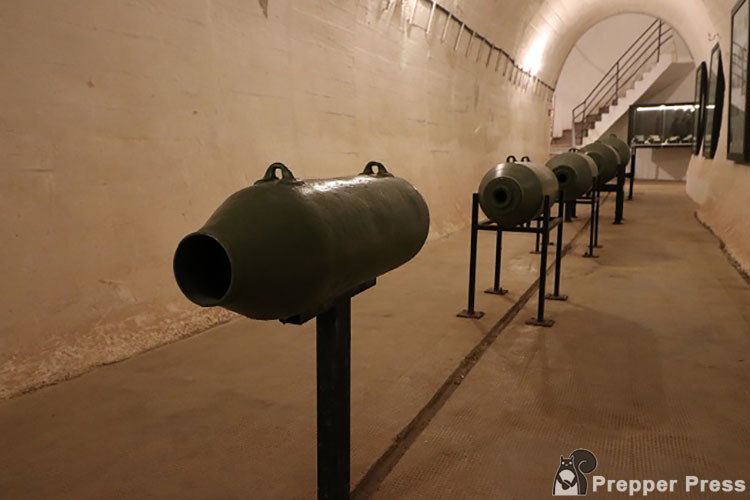
The bunker was constructed with 2 meter (6.5′) thick concrete walls. Both of the upper floors were divided into 45 rooms of different sizes, including troop quarters, guard rooms, gunnery rooms, first-aid stations, supply rooms, a cold storage room, kitchen, and a radio station.
Two diesel generators supplied the power to run the ventilation system, water pump, heating, and lighting. The lowest floor contained the water pump room with a 180 meter-deep well. The Irrel bunker was heavily damaged in 1947 during the French occupation. The local volunteers began digging it out in 1976.
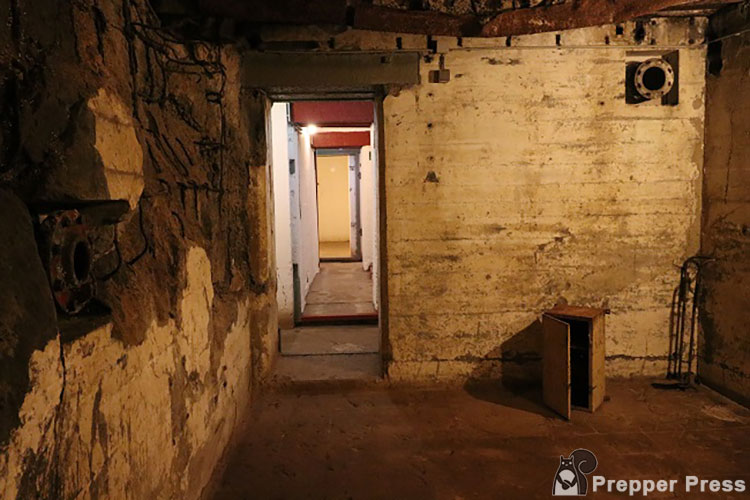
The following picture is a display of WWII era gas masks. This was a bunk room, as you can see against the back wall. Officers had more comfortable metal mesh that their beds were made from. Everyone else had bunks that were woven with rope.
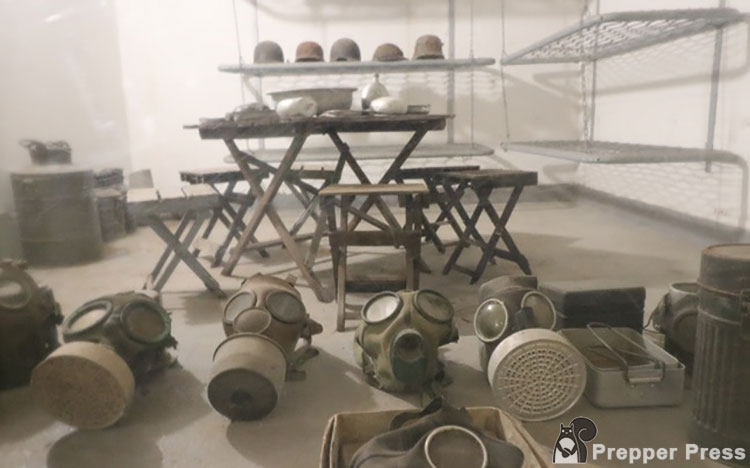
The volunteers set out various shell casings, ammo cans, and random equipment that they uncovered as they excavated the site.
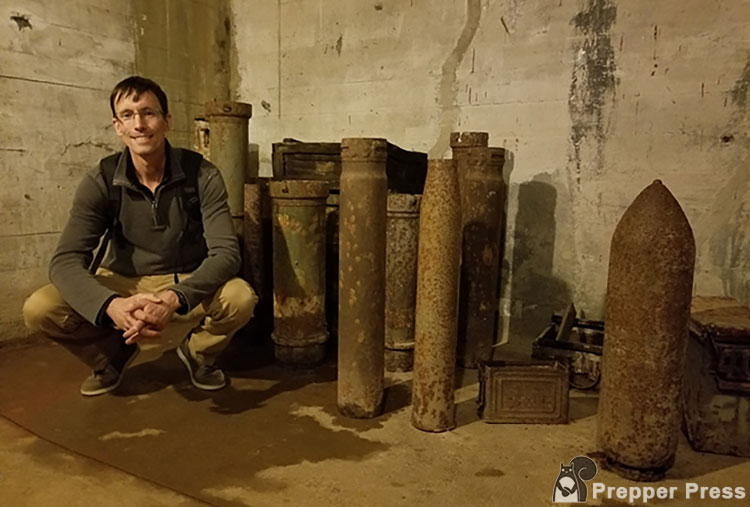
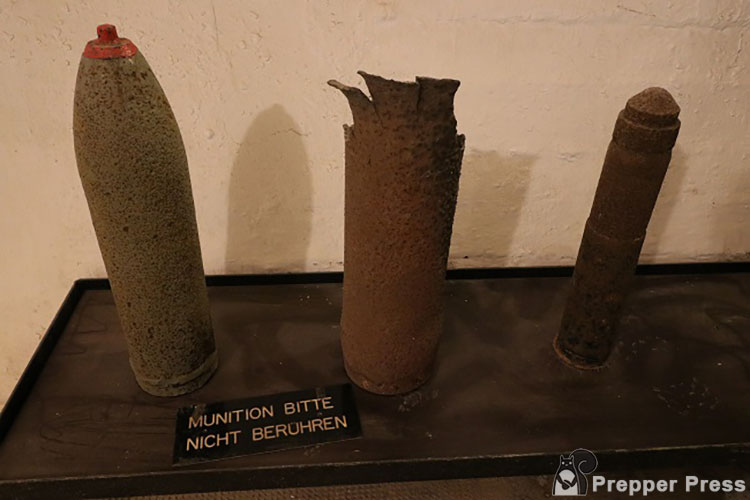
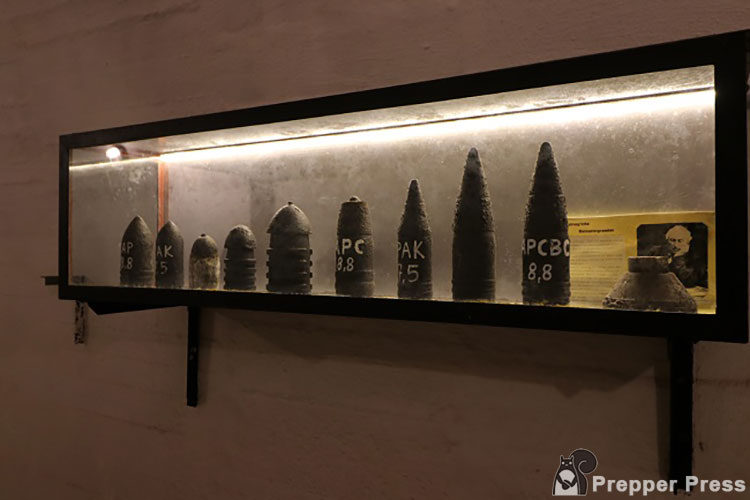
Today, the only electricity running in the bunker is for the lights. There is no active ventilation system. When I asked how the air was getting down there, our guide didn’t know. They haven’t figured it out, so there must be some passive system that is still working.
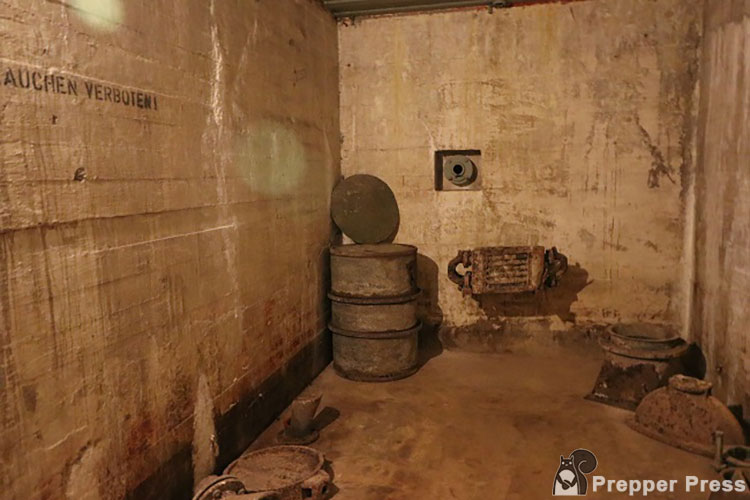
The air down there was very cool. During its operation, the bunker was heated. There was a sink still intact, but there was no washroom in the bunker, just an old space near the top where any soldiers that were exposed to gas attacks could be hosed down.
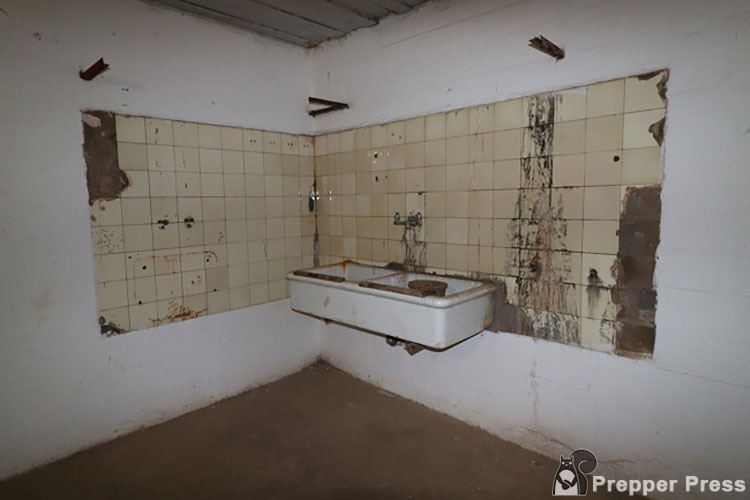
The bunker could be defended from different firing positions, including two gun turrets with six firing holes for machine guns, a 500mm grenade thrower, and a flame thrower. A watch turret was used for observation and artillery shooting commands.
Outside the Bunker

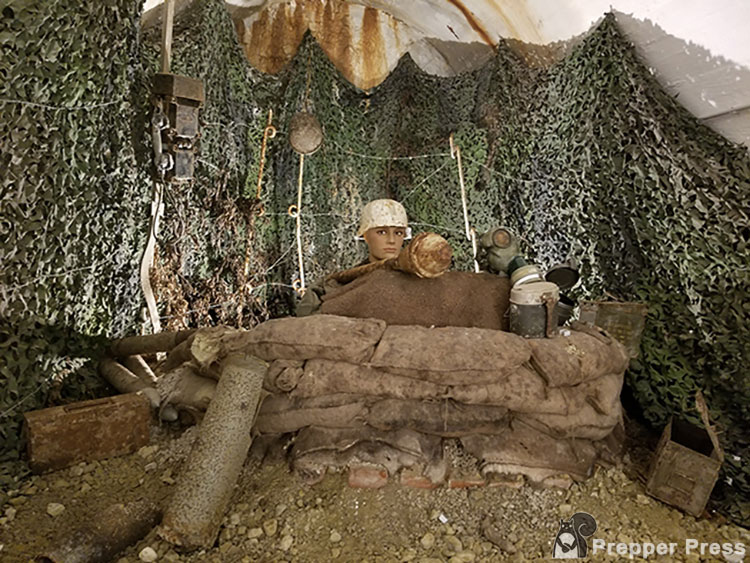
Irrel, Germany is not near most tourist destinations in Germany, but if you find yourself nearby for some reason, or you’re in Luxembourg next door, consider a Sunday drive over to the museum and see it for yourself. It’s a rare piece of German World War II history that you can walk through.
